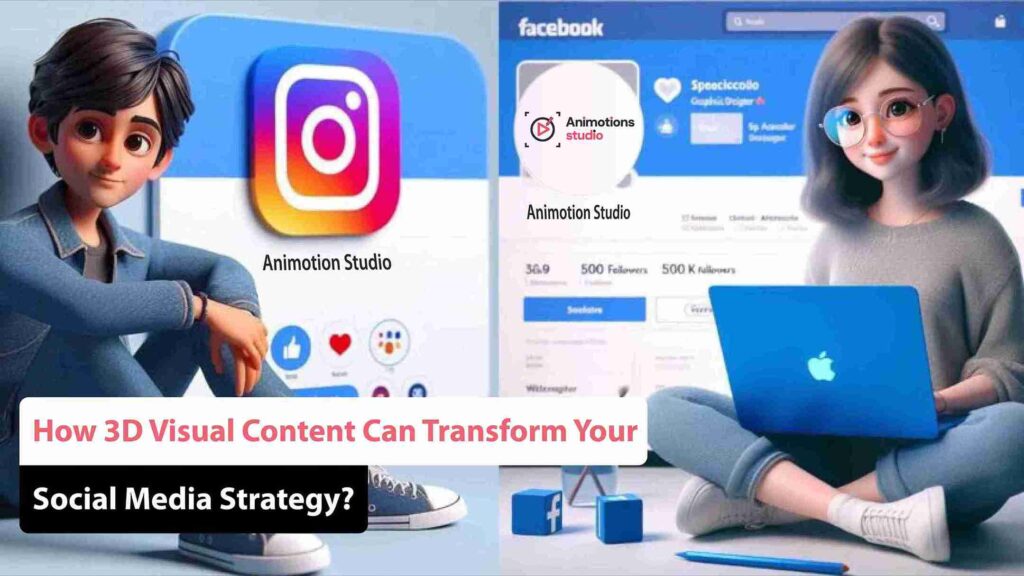
The social media landscape is constantly evolving—and in 2025, 3D content is emerging as a game-changer for brands, influencers, and creators. With higher competition, shrinking attention spans, and a saturated digital space, you need bold, immersive content to stand out. That’s where 3D Visual Content for Social Media steps in.
From Instagram reels and Facebook ads to TikTok campaigns and LinkedIn posts, 3D visuals elevate storytelling, product presentation, and brand identity. This blog explores how 3D Animation for Social Media Marketing can breathe life into your digital content strategy, and how to leverage it for better engagement, growth, and ROI.
Let’s dive into the creative, strategic, and technical advantages of integrating 3D into your social campaigns in 2025.
Why 3D Content Is Dominating Social Media in 2025
Social media users crave innovation and interactivity. Static visuals and plain video formats often get scrolled past in milliseconds. However, 3D visuals break that pattern.
Benefits of 3D Content:
- Immersive experience
- Increased engagement rates
- Improved product visualization
- Stronger emotional response
Simply put, Social Media Marketing with 3D Visuals helps brands stay modern, tech-savvy, and relatable.
How 3D Content Improves Social Media Strategy
So, how does adding dimension literally and figuratively elevate your online presence?
1. Enhanced Storytelling
With 3D, you can create scenes and characters that bring your brand’s narrative to life. Rather than explaining, you can show complex ideas through visual metaphors or simulations.
2. Better Product Demonstrations
360-degree product views, virtual unboxings, or zoom-ins on features increase transparency and customer confidence. This is especially powerful for ecommerce and tech brands.
3. Boosted Brand Identity
Custom 3D Graphics for Social Media Growth help establish a unique visual language, setting your brand apart with recognizable, on-brand aesthetics.
4. Improved Engagement Metrics
Posts with interactive or dynamic 3D visuals tend to outperform traditional posts. Expect more shares, saves, and longer view times.
By incorporating 3D into your toolkit, you build a strategy that’s creative, competitive, and conversion-focused.
Top Ways to Boost Social Media Engagement with 3D
Here’s how leading brands are using 3D Visual Content for Social Media to boost interactions:
✅ Product Highlights
Showcase features from every angle. Add glow effects, particle trails, or explainer-style 3D overlays.
✅ Brand Mascots
Create a 3D version of your character or logo that can be reused in stories, posts, and ads.
✅ Interactive Filters
Using AR-powered platforms like Spark AR or Lens Studio, brands create filters with 3D assets, boosting shares and discoverability.
✅ Animated Posts
Replace flat images with eye-catching 3D animations that loop or follow the scroll.
✅ Gamified Stories
Combine 3D visuals with polls, quizzes, or interactive buttons for better user engagement.
If you want to Boost Social Media Engagement with 3D, think movement, detail, and surprise.
Best 3D Content Ideas for Social Media in 2025
Running low on creative juice? Here are the Best 3D Content Ideas for Social Media to inspire your next viral post:
🔹 3D Logo Reveals
Turn your logo into a short animated story or make it morph from objects relevant to your industry.
🔹 3D Countdown Timers
Build excitement for launches, events, or offers with dramatic, dynamic countdowns.
🔹 3D Tutorials or “How It Works” Videos
Use animation to break down processes in a fun, simple way.
🔹 3D Memes and Stickers
Trend jacking? Add humor to trending topics using 3D objects or motion overlays.
🔹 Augmented Reality (AR) Showcases
Let users “try on” your product or view it in their space using mobile AR with 3D assets.
These types of content support Social Media Marketing with 3D Visuals while making your feed pop with originality.
Tools to Create 3D Visual Content for Social Media
You don’t need to be a Pixar animator to start building. Here are top tools for beginners and pros to develop 3D Animation for Social Media Marketing:
🔧 Easy-to-Use Platforms:
- Canva (3D features) – Drag-and-drop 3D objects into stories or posts.
- Spline – Real-time collaborative 3D design for web and social.
- Adobe Dimension – Create realistic 3D mockups.
🎥 Pro-Level Software:
- Blender – Free, open-source 3D animation software with industry-grade features.
- Cinema 4D – Best for motion graphics and brand visual effects.
- Unity & Unreal Engine – For immersive real-time social experiences.
📱 AR Creation Tools:
- Spark AR (Meta)
- Snap Lens Studio (Snapchat)
- Effect House (TikTok)
Mastering these tools allows your team to create stunning visuals that align with your strategy.
Examples of Brands Winning with 3D Visuals
🌟 Nike
Nike uses hyper-stylized 3D animations to launch new sneakers, often blending surreal environments with photorealistic shoes. This keeps fans excited and engaged with every drop.
🌟 Sephora
Their AR try-on feature uses 3D product visualization to let users preview lipsticks, foundations, and more directly on their face via social apps.
🌟 Apple
Product showcases include intricate 3D motion design, helping users see inside devices, explore features, and appreciate innovation.
Each of these brands leverages Impact of 3D Design on Social Media to elevate interaction, storytelling, and credibility.
Best Practices for 3D Social Content in 2025
Success with 3D content requires more than beautiful visuals. It takes strategy. Here’s how to approach it:
✅ Align 3D with Brand Goals
Ask: Does this animation support your core message or campaign objectives?
✅ Maintain Brand Consistency
Your 3D graphics should use familiar color schemes, typography, and tone.
✅ Optimize File Size
Large 3D files can slow load times. Compress for mobile while maintaining quality.
✅ Test Multiple Platforms
Different social platforms prioritize different content types. A 3D TikTok might differ from a LinkedIn showcase.
✅ Prioritize Accessibility
Include alt-text, captions, or simplified versions for screen readers and non-visual audiences.
By following these steps, you ensure your 3D Visual Content for Social Media isn’t just attractive—it’s impactful.
How 3D Visuals Drive Conversions and ROI
Engagement is great, but what about the bottom line? 3D content isn’t just flashy—it converts. Here’s why:
💡 Greater Clarity
Products with 3D showcases reduce confusion and increase confidence.
💡 More Shares = More Traffic
Highly visual posts are shared more often, expanding organic reach.
💡 Reduced Bounce Rates
Interactive or scroll-reactive 3D visuals keep users on-page longer.
💡 Elevated Brand Trust
High-quality 3D content positions your brand as cutting-edge and premium.
💡 Increased Click-Through Rates
Motion-graphic CTAs outperform static CTAs, encouraging user interaction.
These are the core benefits when you Boost Social Media Engagement with 3D while targeting conversions.
3D vs. Traditional Content: A Side-by-Side Comparison
| Feature | Traditional Content | 3D Visual Content for Social Media |
|---|---|---|
| Engagement Rate | Moderate | High |
| Storytelling Capacity | Limited | Rich and Immersive |
| User Interaction | Low | High (AR, filters, sliders) |
| Production Complexity | Low | Moderate to High |
| Brand Perception | Standard | Innovative |
The conclusion? The Impact of 3D Design on Social Media delivers superior results for modern marketing.
Future Trends: What’s Next for 3D in Social Media?
Looking beyond 2025, these are emerging trends to keep your eyes on:
🔮 AI + 3D Content
Generative AI tools that auto-create 3D environments, product demos, and avatars.
🔮 Mixed Reality Campaigns
Merge real-world shopping with 3D augmented interfaces for a hybrid brand experience.
🔮 3D NFTs and Web3 Visuals
Tokenized 3D assets for brand loyalty and gamified user interactions.
🔮 Real-Time Personalization
3D ads that adjust colors, layout, or features in real time based on viewer data.
To stay ahead, make 3D part of your core Social Media Marketing with 3D Visuals blueprint.
Challenges When Using 3D in Social Campaigns
Every opportunity comes with its hurdles. Here’s what to watch out for:
⚠️ Technical Barriers
Learning 3D design takes time and training.
⚠️ File Size & Load Times
Heavy graphics can lag on slower networks or low-end devices.
⚠️ Platform Compatibility
Not all social apps support interactive 3D natively—test formats first.
⚠️ Budget Considerations
Custom 3D production can be more expensive than 2D alternatives.
Still, with the right partners and tools, these barriers are easily overcome.
Final Thoughts: 3D Is the Future of Social Content
As we head deeper into 2025, brands that embrace 3D Visual Content for Social Media will gain a decisive edge. This isn’t about chasing trends—it’s about building more immersive, more effective communication strategies.
From product showcases and storytelling to interactive AR campaigns and branded animations, 3D offers a fresh way to inspire, inform, and convert.
If you’re serious about social growth, it’s time to go beyond 2D.
Start experimenting with 3D today—and transform your feed into an interactive brand experience that captivates and converts.
Frequently Asked Questions (FAQ’s)
Examples of Brands Successfully Using 3D Visual Content on Social Media?
Several brands have effectively harnessed 3D visual content on social media to engage their audiences. For instance, Nalco Water uses 3D animations in their Instagram posts to showcase new sneaker designs, allowing customers to see the shoes from multiple angles. Coca-Cola has created immersive 3D experiences in their campaigns, encouraging users to interact with their products digitally. L’Oreal has utilized augmented reality (AR) filters on platforms like Snapchat to allow users to visualize makeup products on their faces.
How Can 3D Visual Content Improve Brand Storytelling?
3D visual content enhances brand storytelling by providing a more immersive experience. It allows brands to convey complex narratives through engaging visuals, making the content more relatable and memorable. By incorporating 3D elements, brands can showcase their products in real-world contexts, highlight unique features, and evoke emotional connections with their audience. This storytelling approach makes it easier for consumers to understand a brand’s values and message.
What Are the Best Platforms for Sharing 3D Visual Content?
The best platforms for sharing 3D visual content include:
- Instagram: With its emphasis on visual storytelling, Instagram is ideal for sharing eye-catching 3D images and videos.
- Facebook: The platform supports 3D posts and AR experiences, allowing brands to engage users interactively.
- YouTube: Perfect for longer 3D animations and videos, YouTube reaches a broad audience and encourages deeper storytelling.
- TikTok: This platform’s creative format can effectively showcase short, engaging 3D clips, and appeal to younger audiences.
- Snapchat: Known for its AR features, Snapchat allows brands to create fun, interactive 3D filters that users can share.
How Does 3D Visual Content Affect User Engagement Metrics?
3D visual content significantly boosts user engagement metrics by attracting more attention than traditional images or videos. It encourages longer viewing times and higher interaction rates, as users are more likely to engage with content that is visually captivating and immersive. Brands utilizing 3D content often experience increased likes, shares, and comments, contributing to higher overall engagement levels.
What Tools Are Recommended for Creating 3D Visual Content?
Several tools are recommended for creating 3D visual content:
- Blender: A powerful open-source tool for creating 3D models, animations, and visual effects.
- Cinema 4D: Known for its user-friendly interface, this software is ideal for motion graphics and 3D animations.
- SketchUp: A user-friendly tool perfect for creating 3D models, particularly in architectural contexts.
- Unity: Often used for developing interactive 3D content and games, it also supports AR and VR experiences.
- Adobe Dimension: A great choice for graphic designers to create high-quality 3D visuals and product mockups.





